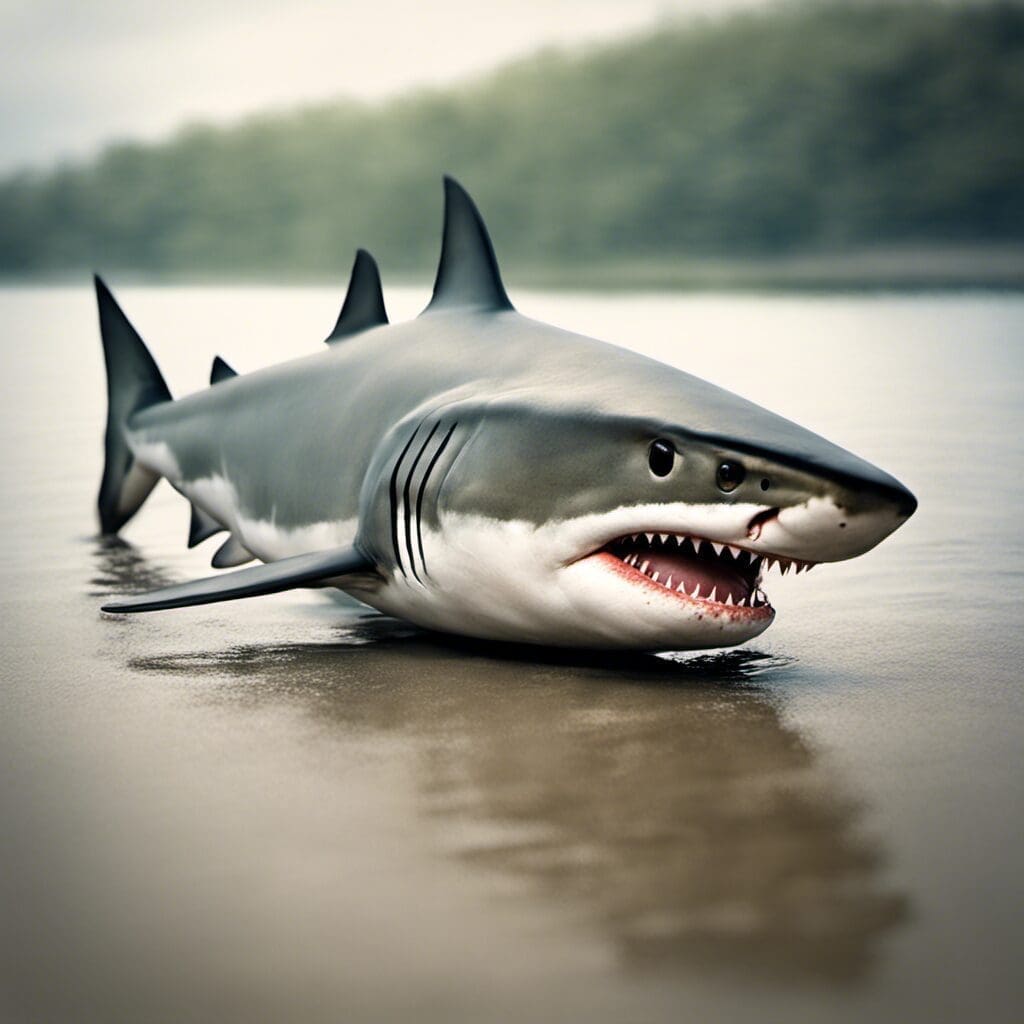Introduction
The Bonnethead shark, also scientifically known as Sphyrna tiburo, belongs to the Sphyrnidae family. It is often known by different names like shovelhead, bonnet shark, and bonnet nose.
Conservation Status
The Bonnethead shark currently falls under the IUCN category of ‘Least Concern’. Conservation efforts are geared towards minimizing overfishing, habitat loss, and pollution.
Statistics
| Average | Range | |
|---|---|---|
| Length | 3.5 ft | 2-5 ft |
| Weight | 11.5 lbs | 6-24 lbs |
| Average Lifespan | 12 years | – |
Distribution
The Bonnethead Shark is commonly found in the western Atlantic and eastern Pacific oceans, specifically along the coastlines of Brazil, Ecuador, and the United States. This species does not typically exhibit migration patterns.
Habitats
Bonnethead sharks are mainly seen in coastal waters and estuaries. They prefer warm saltwater environments with a temperature range of around 70 - 85°F. Bonnethead sharks often dwell at depths ranging from surface level to about 80 feet.
When and Where to See
These sharks are more likely to be seen during the warmer months of the year, from late spring to early fall. They are diurnal creatures, meaning they are most active during the day.
Best Fishing Locations
Specific Locations
- Florida Keys, USA
- Gulf of Mexico
- Galveston Bay, Texas, USA
- Bahia Honda State Park, Florida, USA
- Caribbean Sea
- Bahamas
General Tips
Look for warm, shallow saltwater environments. Estuaries and coastal areas in subtropical and tropical regions are often popular habitats for this species.
How to Catch
Shrimp and squid make for preferred bait when fishing for bonnethead sharks. Bottom fishing techniques are most successful. The best time to fish for them is during the day in the warmer months.
Identification Guide
Bonnethead sharks are easily identifiable by their unique head shape, which is flattened and shovel-like. They are typically gray-brown with a lighter underside and have small teeth.
Culinary Uses
The meat of the bonnethead shark is highly valued and has a mild, sweet flavor. It can be grilled, baked, or even used in soup. It is also rich in protein and Omega-3 fatty acids.
Additional Information
Bonnethead sharks are carnivorous and primarily feed on crustaceans and small fish. They are generally docile creatures but can exhibit aggression when threatened. Natural predators include larger shark species and humans.

